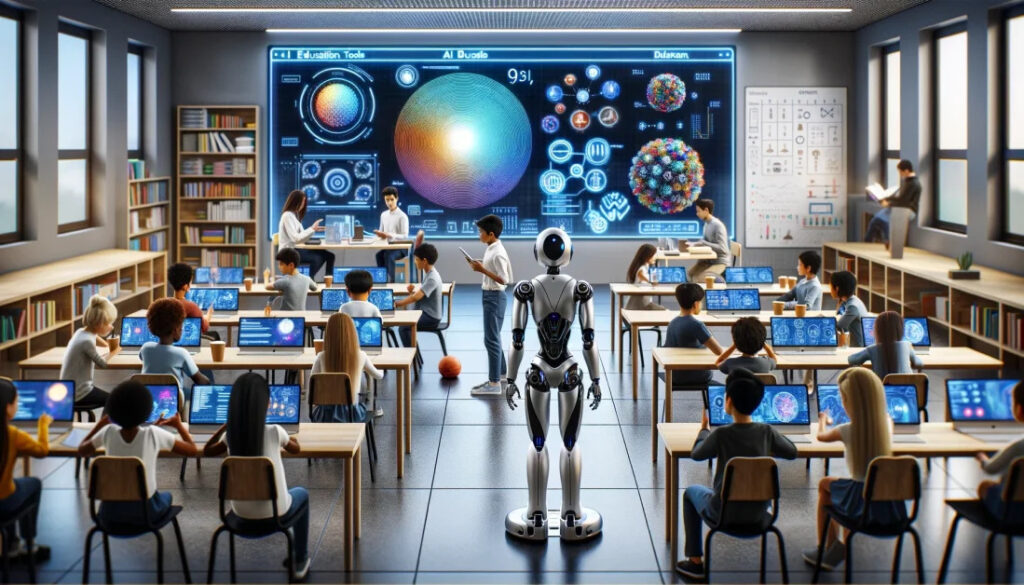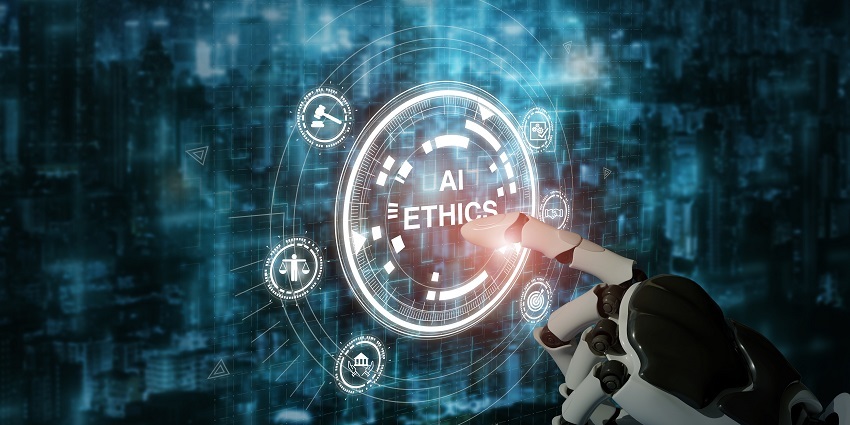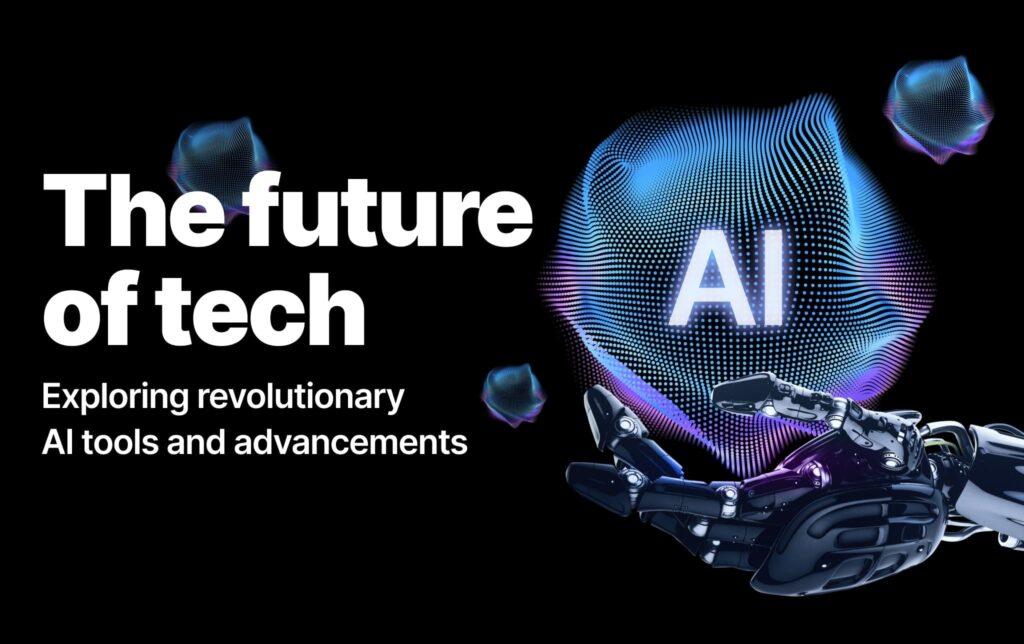Introduction
AI has become deeply ingrained in my daily life, and it’s fascinating to witness how AI tools significantly contribute to enhancing creativity. As Chacón et al. (2021) and Dhoni (2023) assert, artificial intelligence (AI) holds immense power and usefulness, especially in generative applications. From text generators to data visualization tools, these AI applications not only streamline work processes but also open up new creative opportunities, encouraging innovative approaches to problem-solving and expression.
Application of AI Tools in Classroom Settings

Image: https://www.unite.ai/wp-content/uploads/2022/03/ai-education-tools.png
I have incorporated Gamma into my workflow to expedite the creation of presentation slides. This AI tool suggests layouts and content recommendations, aligning seamlessly with my storytelling requirements. Beyond time savings, it has introduced me to design elements that I might not have considered independently.
Veed.io, another AI application, has proven invaluable for video editing. When I need to produce content rapidly without compromising quality, this tool comes in handy. Its AI-driven interface allows me to apply filters effortlessly and automatically generate subtitles, significantly accelerating my production workflow.
The application of Soundraw to include music in my projects has been a revelation. This tool has not only enhanced my multimedia productions but has also deepened my understanding of how music influences audience engagement.
Ethical Concerns Associated with the Use of AI

Image: https://www.uctoday.com/wp-content/uploads/2023/05/AI-Ethics.jpeg
Despite AI’s tremendous utility in various aspects of my life, ethical issues must be acknowledged, particularly in the realm of education and learning. KIRELLİ (2023) emphasizes the need to address concerns related to data privacy, biases in AI algorithms, and the integrity of content produced by AI. It is imperative to integrate AI into learning environments cautiously, ensuring that, alongside maximizing its potential, we uphold moral principles and promote its responsible use.
Future of AI Tools

Image: https://spur-i-t.com/wp-content/uploads/2023/06/Blog-1.jpg
The trajectory of AI tools in different sectors appears promising. According to Dhoni (2023), there will be more opportunities than ever for personalized and adaptable learning experiences as the relationship between AI, data, and analytics continues to evolve. However, overcoming present obstacles such as data biases and ethical concerns is crucial to realizing this future.
Conclusion
The ongoing integration of AI tools in various facets of our lives presents both opportunities and challenges. As we navigate this landscape, it’s essential to leverage the potential of AI while maintaining a vigilant eye on ethical considerations and societal impact.
References
Chacón, J. C., Nimi, H. M., Kloss, B., & Kenta, O. (2021). Towards the development of AI based Generative Design Tools and Applications. Lecture Notes of the Institute for Computer Sciences, Social Informatics and Telecommunications Engineering, 63–73. https://doi.org/10.1007/978-3-030-78448-5_5
Dhoni, P. (2023). Exploring the Synergy between Generative AI, Data and Analytics in the Modern Age. https://doi.org/10.36227/techrxiv.24045792.v1
Gamma App. (2023). Gamma App: Generate AI presentations, webpages & docs. https://gamma.app/
KIRELLİ, Y. (2023). Analysis of factors affecting common use of generative artificial intelligence-based tools by machine learning methods. International Journal of Computational and Experimental Science and Engineering. https://doi.org/10.22399/ijcesen.1330363
SOUNDRAW. (2023). SOUNDRAW. https://soundraw.io/
VEED.IO. (n.d.). Ai Video editor – FAST, online, Free. https://www.veed.io/
